A somewhat simplified description of this is covered in the [[Junction Style Guide|Junction Style Guide]]. Additional routing information is covered in the article [[Routing server|Routing server]]. == General comments == The description below fits a right turn in a [[Right-hand traffic|Right-hand traffic]] country (e.g. not England). Left turns are symmetrical to right turns. == Definitions == a) s-in: the segment going into the junction; this is the segment the driver is on before reaching the junction
b) s-out: the segment going out of the junction; this is the segment we want the driver to traverse to
c) s1, s2 … sN: all the segments connected to the same junction, which includes s-out
d) Best continuation is one of the segments, and is the one that Waze determines is what drivers would consider the "no turning path" through the intersection - see expanded description below. http://i.imgur.com/Z9wmsZe.jpg == Best Continuation == In order to determine if s-out is the 'real' continuation of s-in, we do the following: #If s-out has the same road type & street name it is selected as the real continuation. #If not, we look at the other segments: s1, s2 … sN (excluding s-out). One of those will be chosen as a better continuation than s-out if both following conditions are met: #*This segment has a better match street name & road type wise than s-out (e.g. it has the same street name and s-out doesn't; it has the same road type as s-in, and s-out doesn't). Street name is more important than road type. #*The angle between this segment and s-in is smaller than the angle between s-out and s-in #If both conditions are not met, then s-out is considered to be the 'best continuation'. === Special Considerations === *In some situations a [[Junction Style Guide#Y Intersections|Y-Intersection]] (where there are more than one segment leaving the junction node at less than a 45° angle), navigation to either segment will generate a 'KEEP RIGHT/LEFT" instruction, even if one of those would otherwise be the 'best continuation' and has a departure angle of 0° from s-in. This is also mentioned in the [[Junction Style Guide#Wayfinder Segments|wayfinder section]]. *A segment (s1, s2, ...sN) leaving the juction which has the trun into it from s-in [[Turn restrictions#Turn restrictions .28allowed turns.29|restricted]] in [[Waze Map Editor|WME]] will not be considered in this algorithm as a 'best continuation', even if it has a departure angle of 0° from s-in. http://i.imgur.com/TUEyvEZ.jpg == The algorithm / list of conditions == The algorithm iterates over a list of conditions. As soon as a condition is met, the relevant instruction is determined, and the algorithm terminates. The list of conditions: 1. If the junction has only 2 segments, the instruction is: 'CONTINUE'.
1.1. In some cases, T junctions could be considered as only 2 segments. See explanation on 'T junctions' below. 2. If the angle between s-out and the best continuation is larger than 45 degrees (and less than 180), the instruction is: 'TURN RIGHT'.
This is because we assume that on primary roads (minor highways, major highways and freeways), turn angles are no more than 45 degrees (no sharp turns on higher-throughput roads); therefore, you never have something called an "exit" that has such an angle, and the instruction should be TURN, not EXIT. 3. If s-out is determined to be the best continuation of s-in (explanation on 'best continuation' above), the instruction is: 'CONTINUE', which implies that the driver is not turning (i.e., going straight through the junction). 4. If s-in is a primary road and s-out is not a primary road (mH, MH, FW), the instruction is: 'EXIT RIGHT'. 5. If s-in is a ramp/exit and s-out is neither a primary road (mH, MH, FW), nor a ramp/exit, the instruction is: 'EXIT RIGHT'. 6. If none of the above conditions is met, the instruction is: 'KEEP RIGHT' == T junctions and one way roads == In some cases, a node could have more than 2 segments, but the routing server will consider only 2 of them as valid and therefore, the maneuver will be 'Continue straight'.
Turns can be [[Turn restrictions#Turn restrictions .28allowed turns.29|restricted or unrestricted]], in specific scenarios you may not be able to see this in [[Waze_Map_Editor|WME]] - see [[Reverse_connectivity#Reverse_Connectivity|RevCons]] for more information. For example, in this case (image below) - assuming the node is restricted properly - heading south, the right turn will be considered 'Continue straight' as the routing server has no other option and there's only one possible segment to be s-out. If the node was not restricted, most likely that waze would tell you to turn right. Driving against the direction is a high [[Routing_penalties|penalty]], and so is a left turn where a turn is not allowed. However, it would still have been an option, which is why the routing server would have called it 'turn right'. https://wiki.waze.com/wiki/images/0/00/Right_turn_1.png This could be confusing, especially since there's no external indication on whether or not a node is restricted at the moment. There are external scripts which show this information (and some allow it to be easily corrected) - see RevCons for more information.
-
Albania

-
Angola

-
Argentina

-
Australia

-
Österreich

-
Bahrain

-
Belarus

-
Belgium

-
Belize
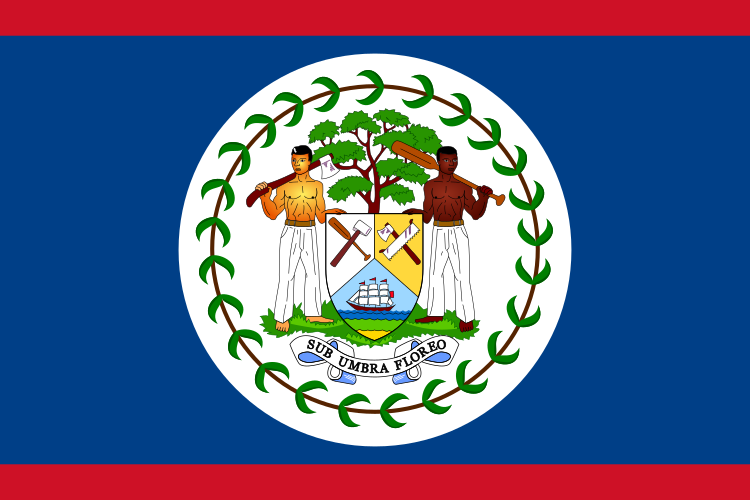
-
Bolivia

-
Bosnia and Herzegovina

-
Brasil

-
Bulgaria

-
Canada

-
Chile

-
China

-
Colombia

-
Costa Rica

-
Croatia

-
Cyprus

-
Czech

-
Denmark

-
EAC
-
Ecuador

-
El Salvador

-
Eesti

-
Etsi

-
Finland

-
France

-
Germany
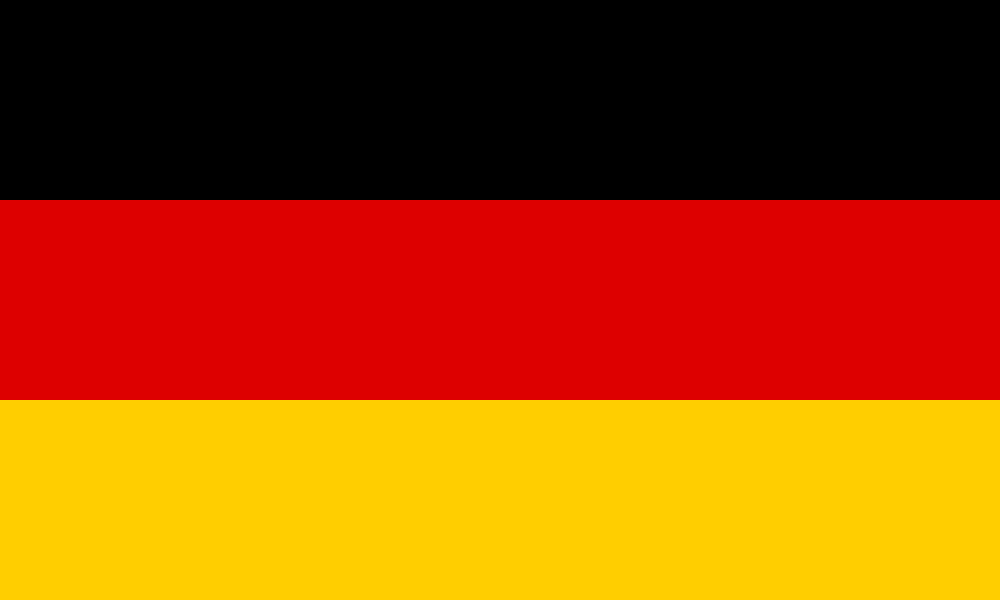
-
Ghana

-
Greece

-
Guatemala

-
Hong Kong

-
Hungary

-
Iceland
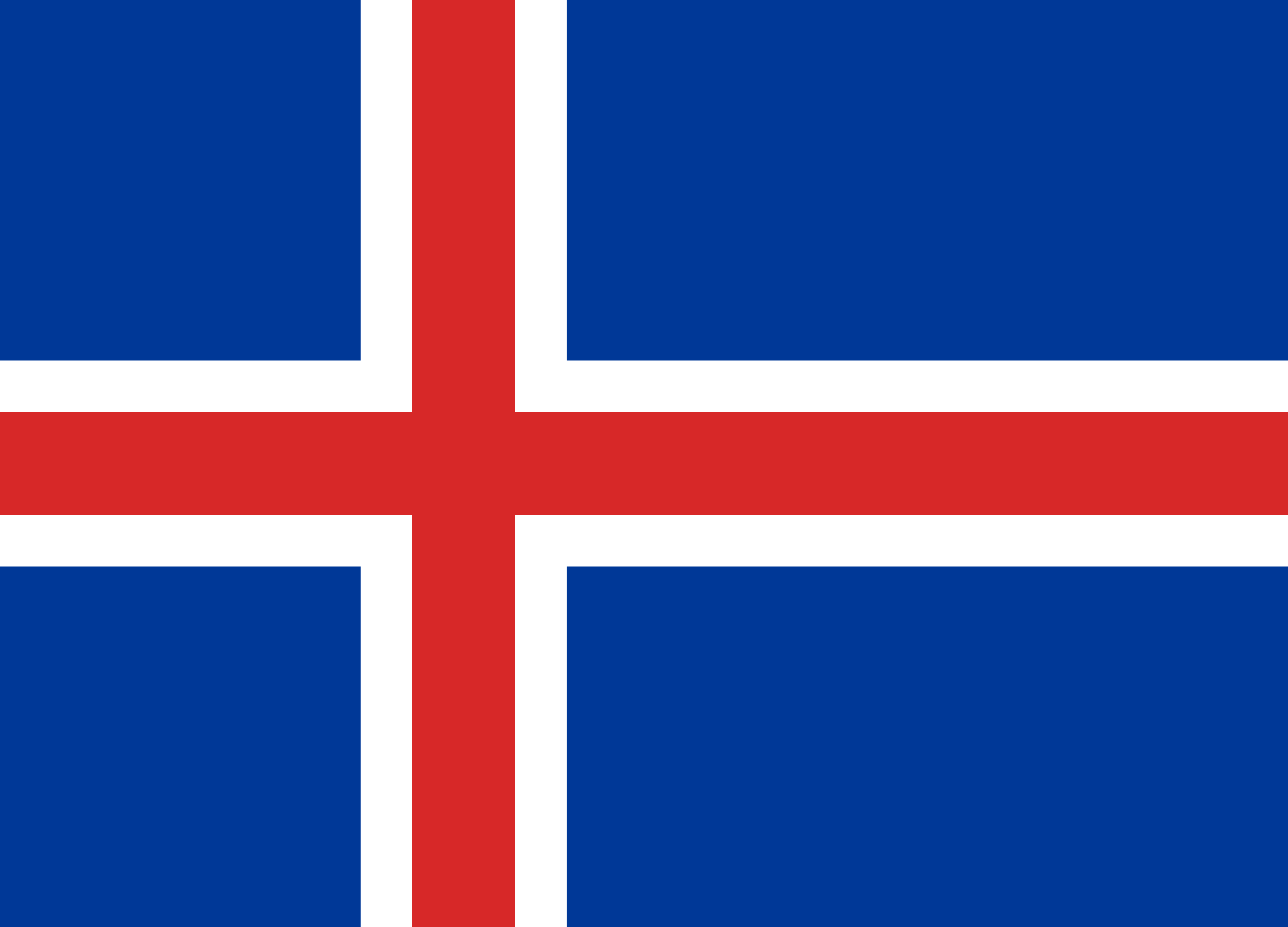
-
India

-
Indonesia
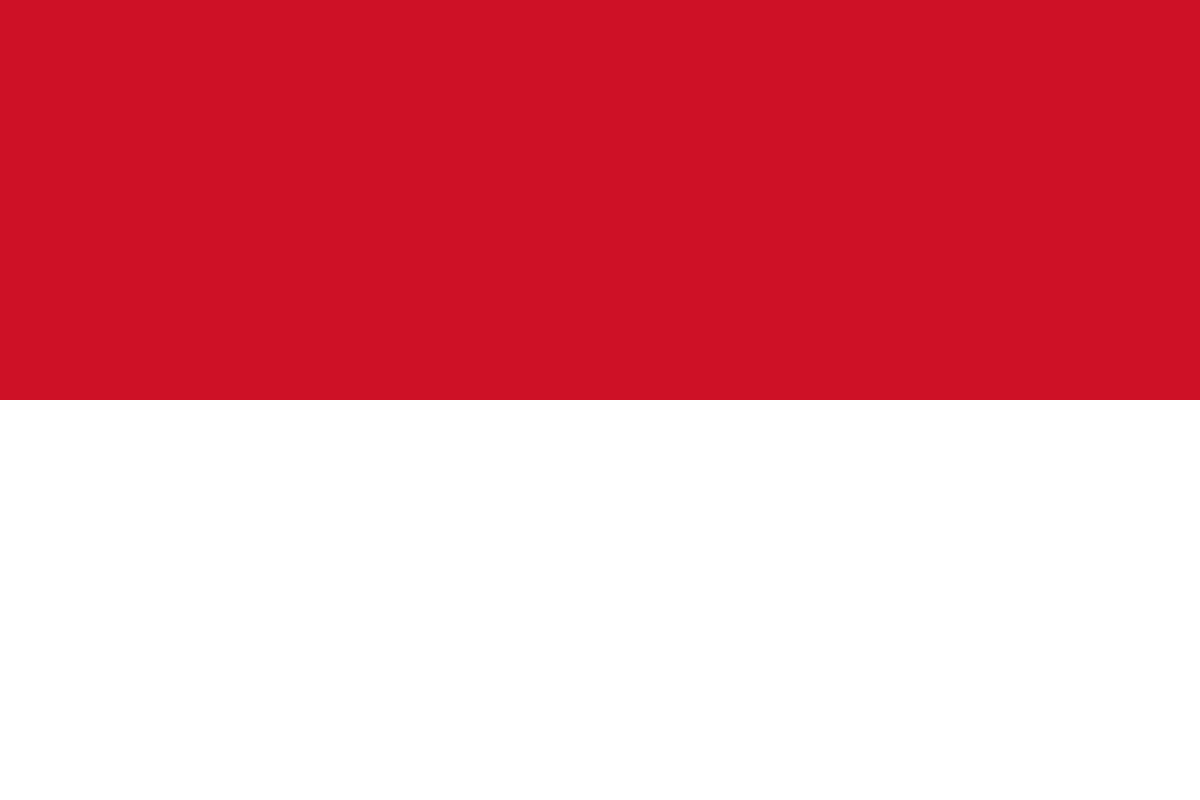
-
Iran

-
Iraq

-
Ireland
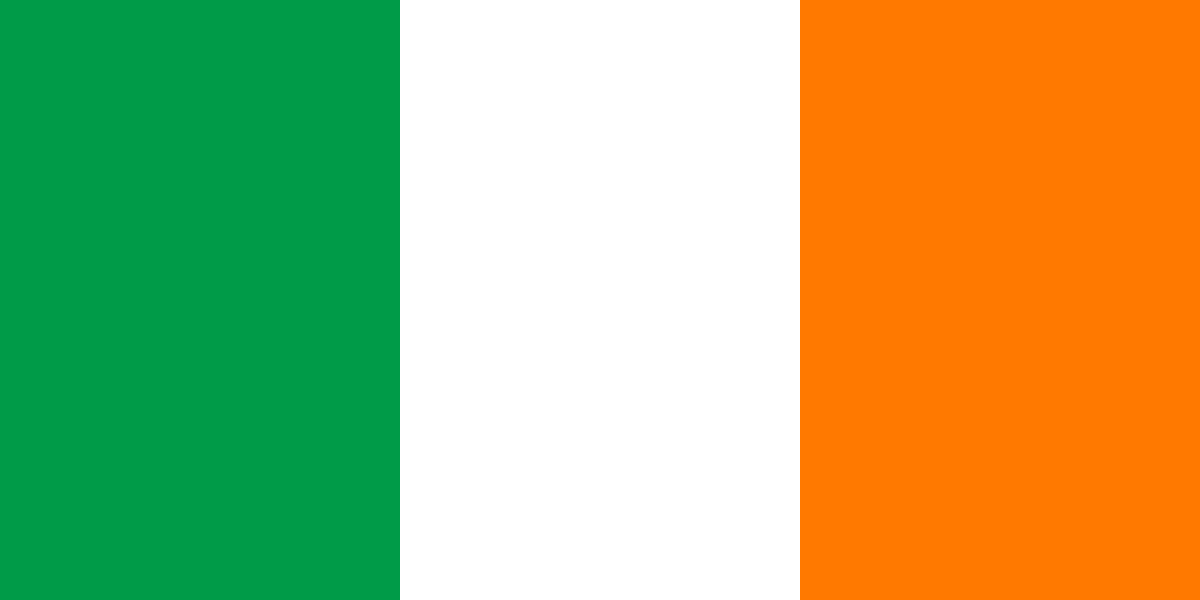
-
Israel

-
Italy

-
日本

-
Korea

-
Kosovo

-
Kuwait

-
Latam

-
Latvija

-
Lithuania

-
Luxembourg

-
Malaysia

-
Mauritius

-
Media Library
-
Mexico
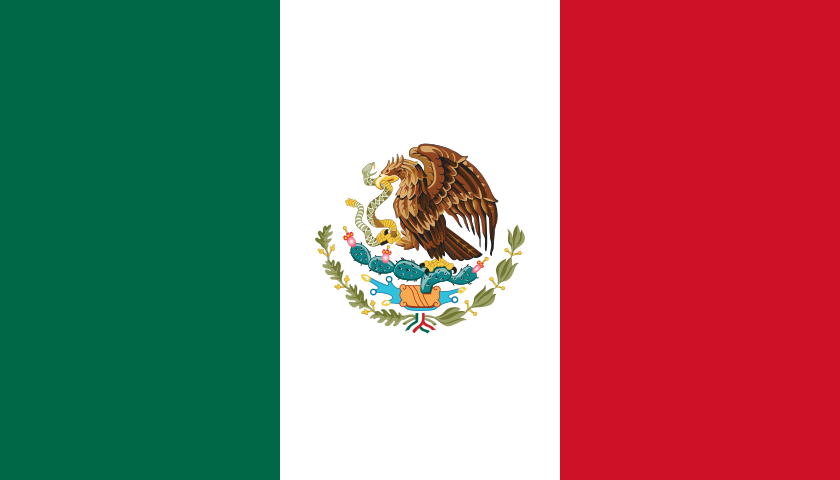
-
Mongolia

-
Morocco

-
Namibia

-
Nepal

-
Netherlands

-
New Zealand

-
Nicaragua

-
Norway

-
Oman

-
Pakistan

-
Panamá
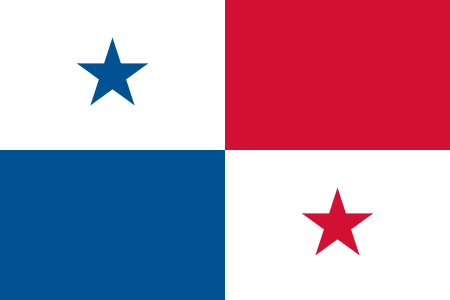
-
Paraguay

-
Perú

-
Philippines

-
Poland
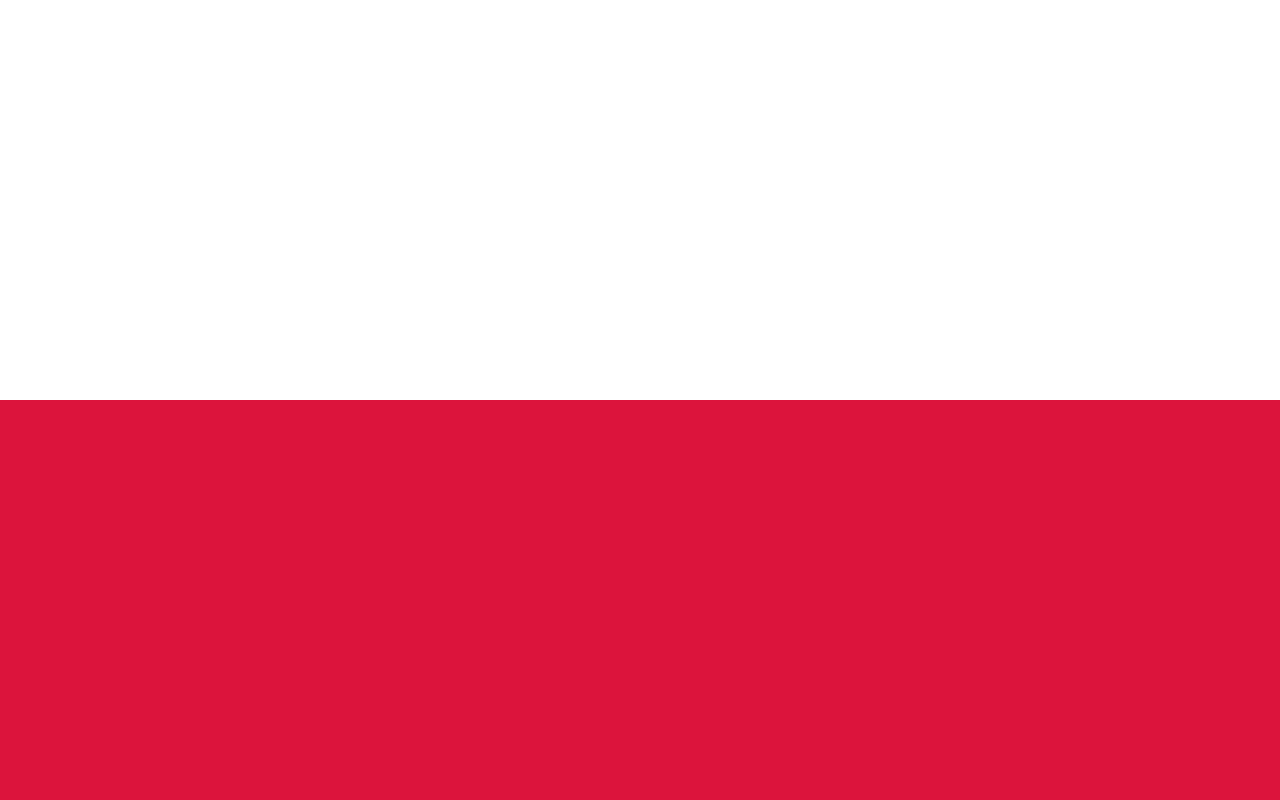
-
Portugal
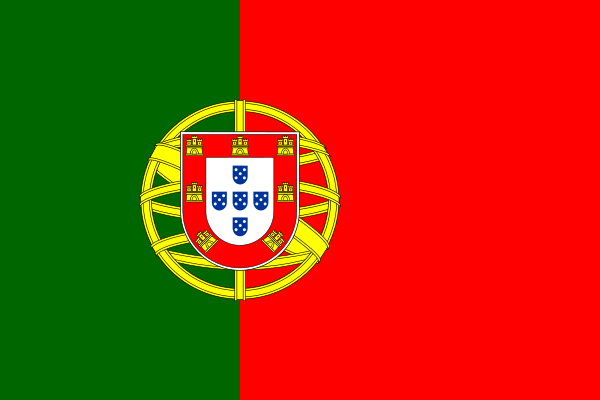
-
Qatar

-
República Dominicana
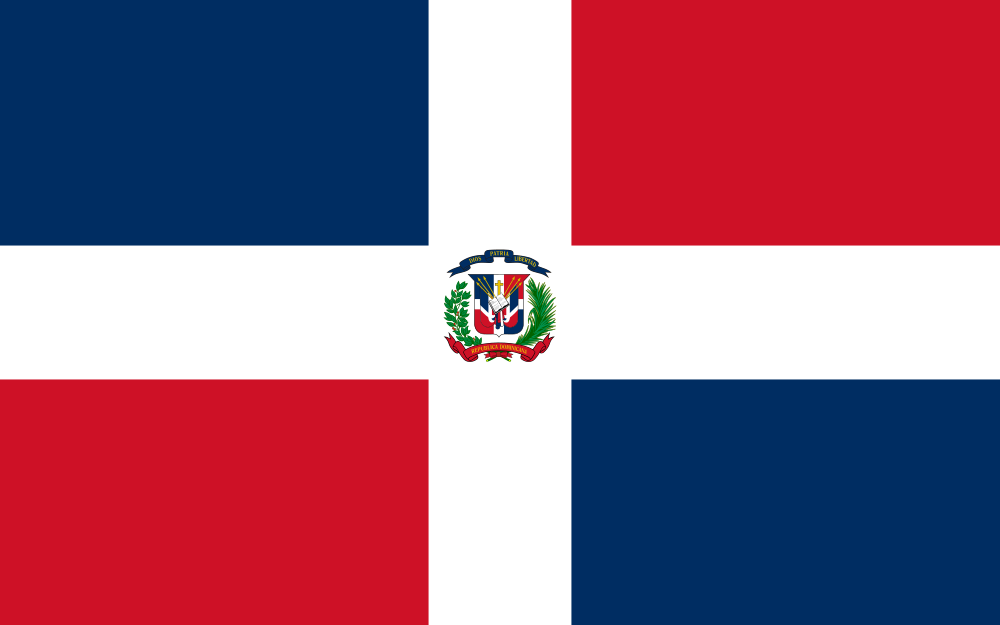
-
Romania

-
Russia

-
Saudi Arabia

-
Serbia

-
Singapore

-
Slovakia

-
Slovenia

-
South Africa

-
España

-
Sudan

-
Sweden

-
Switzerland

-
Taiwan
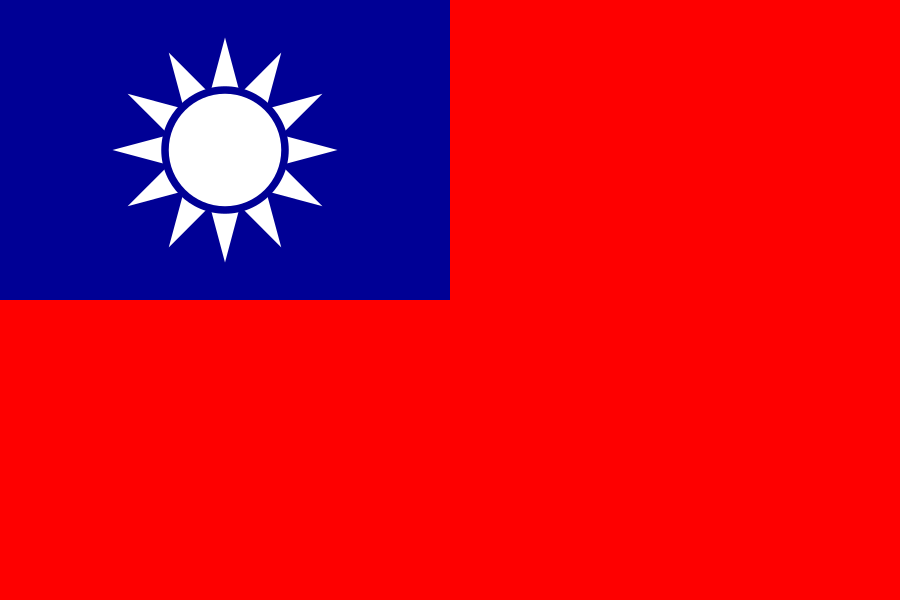
-
Thailand

-
Türkiye

-
USA

-
Ukraine

-
United Arab Emirates

-
United Kingdom

-
Uruguay

-
Uzbekistan

-
Venezuela
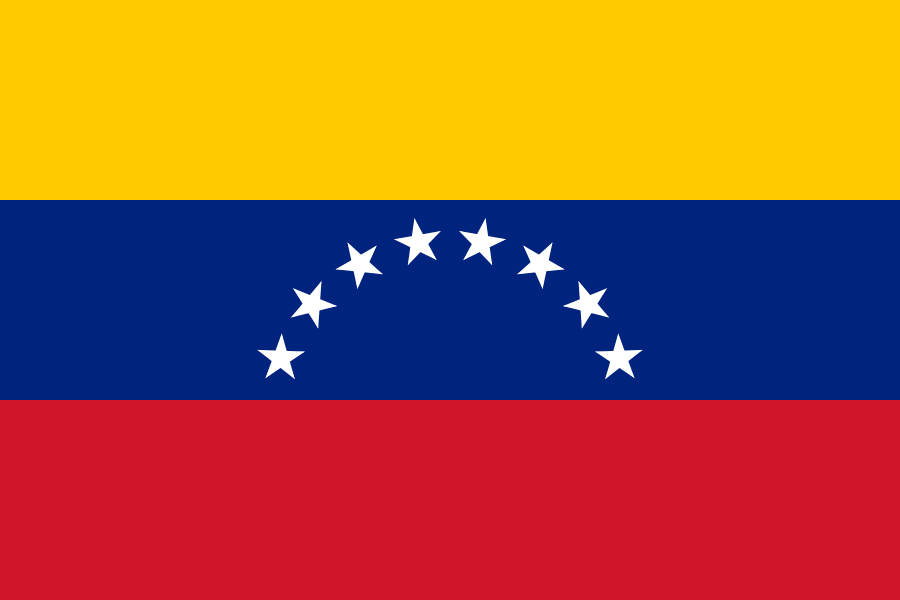
-
Vietnam

-
Waze Communities Hub

-
Laos

-
Yemen
